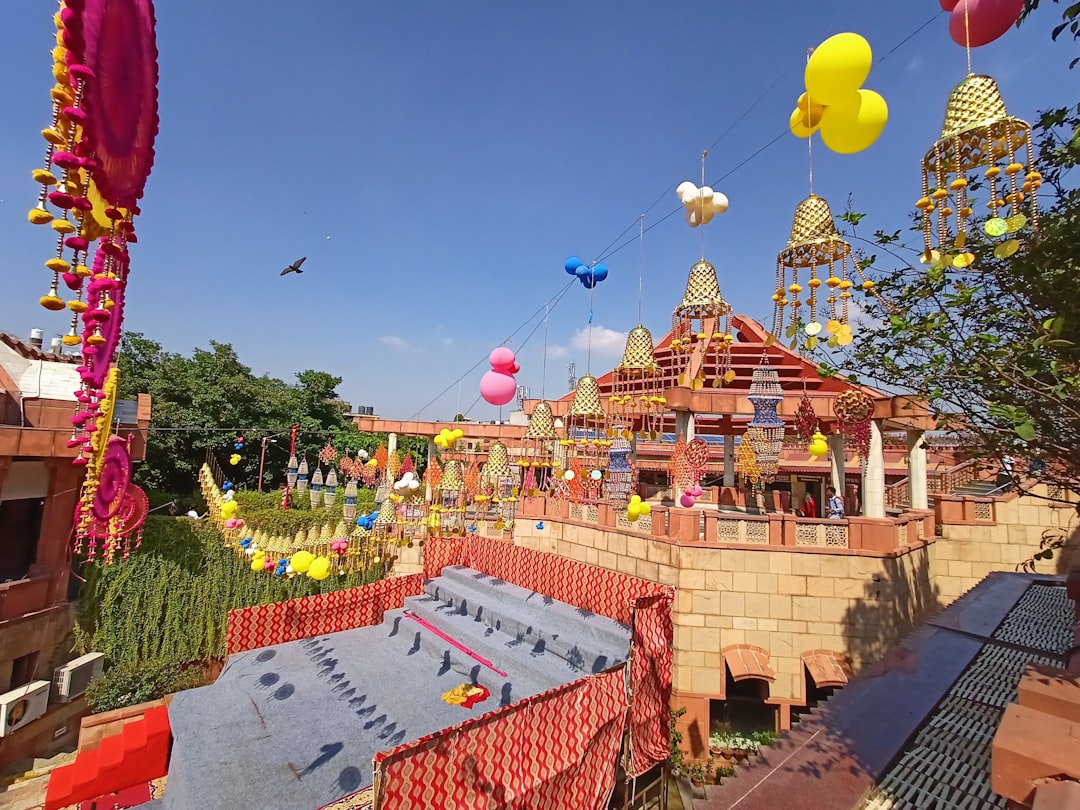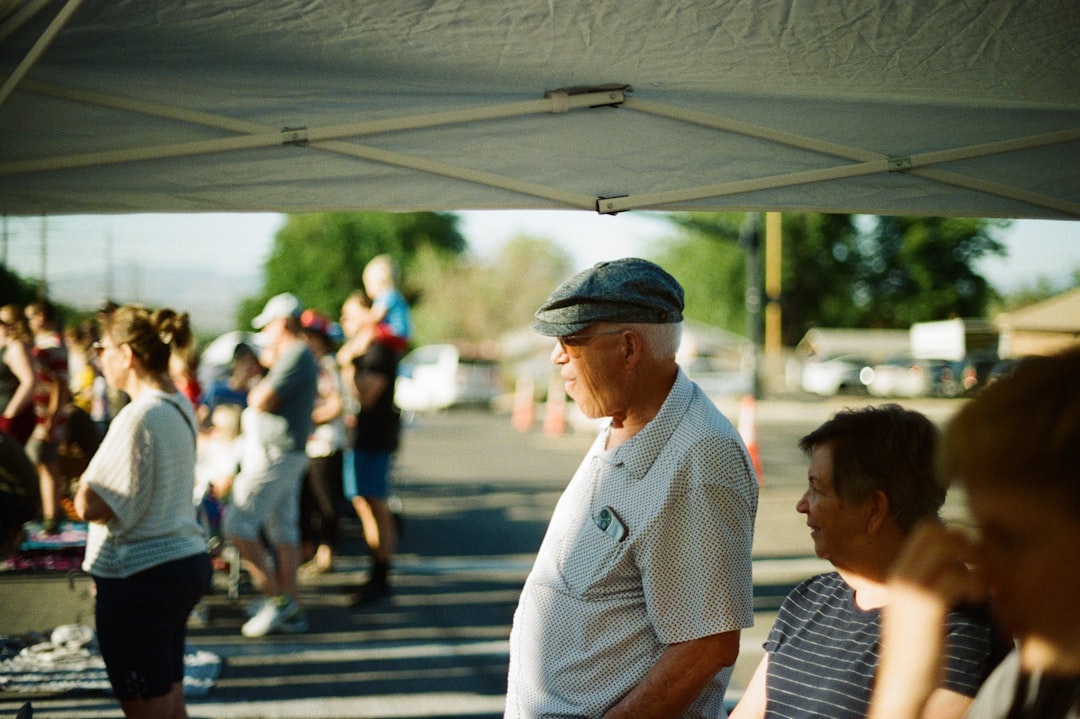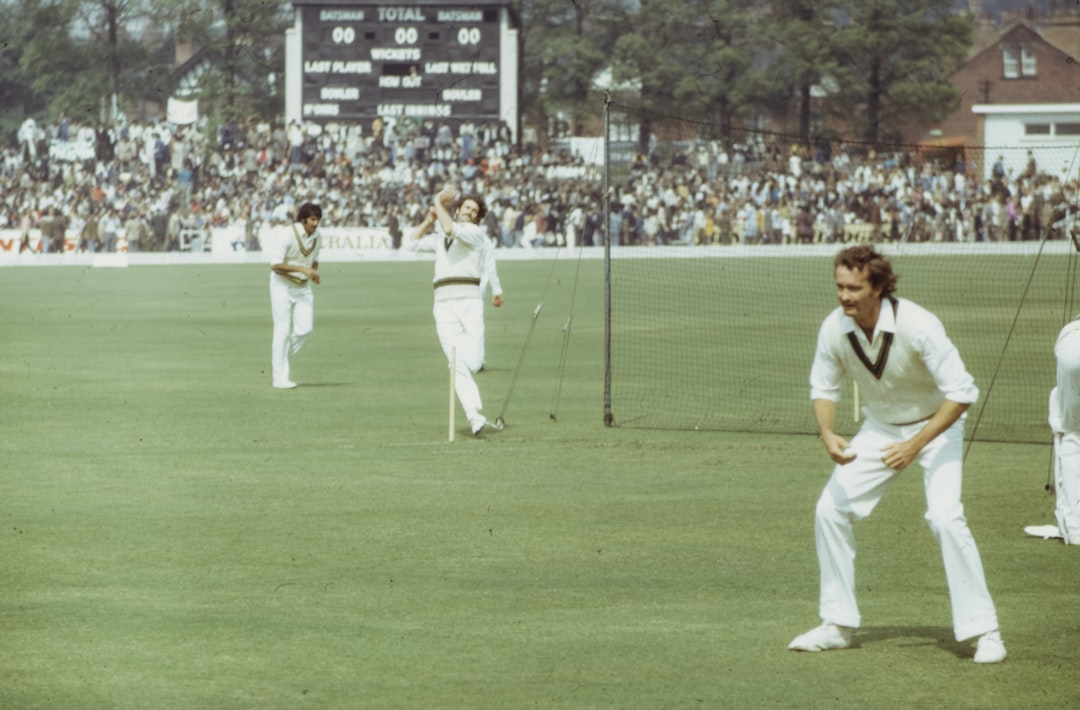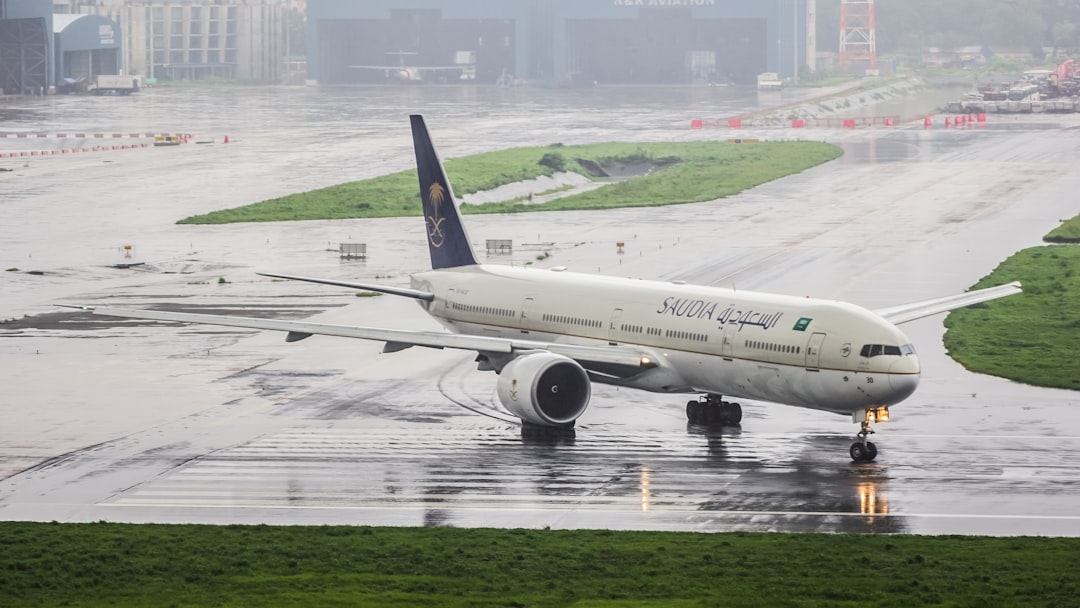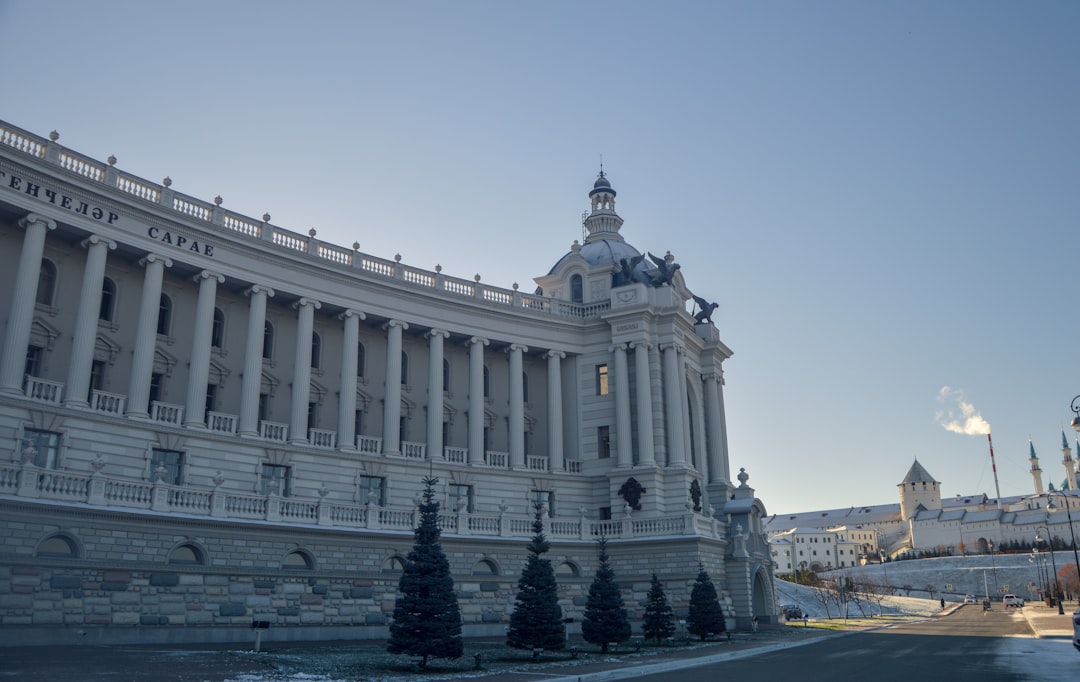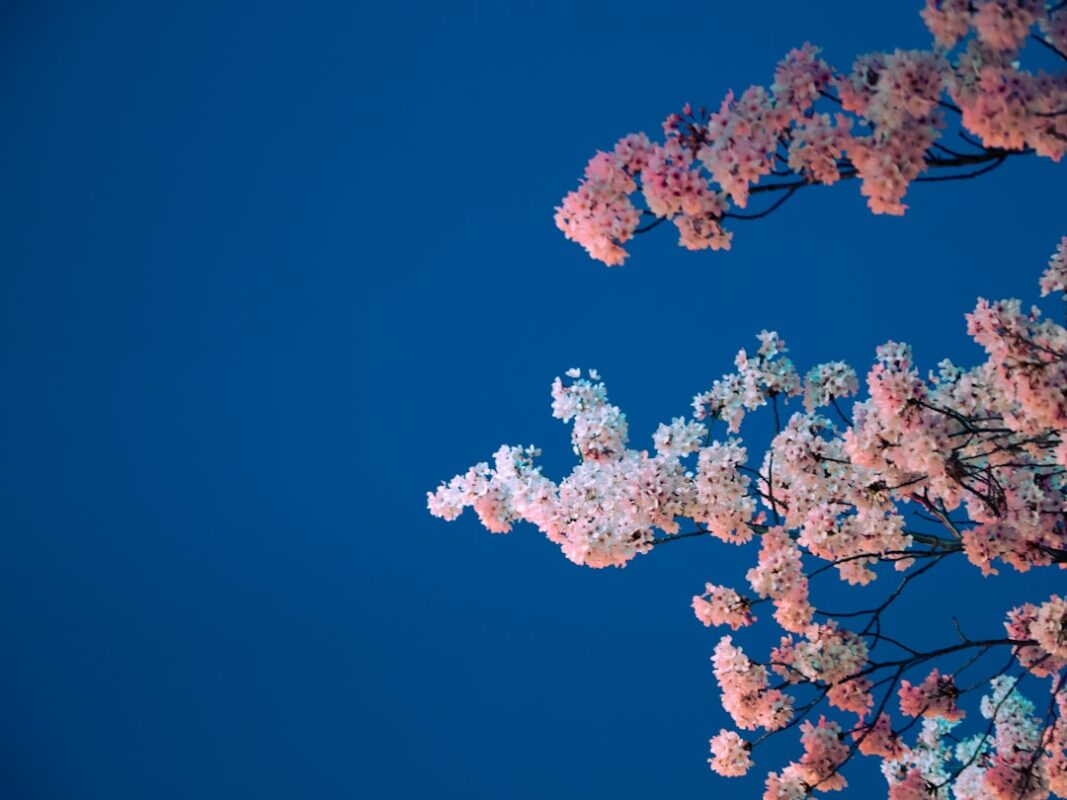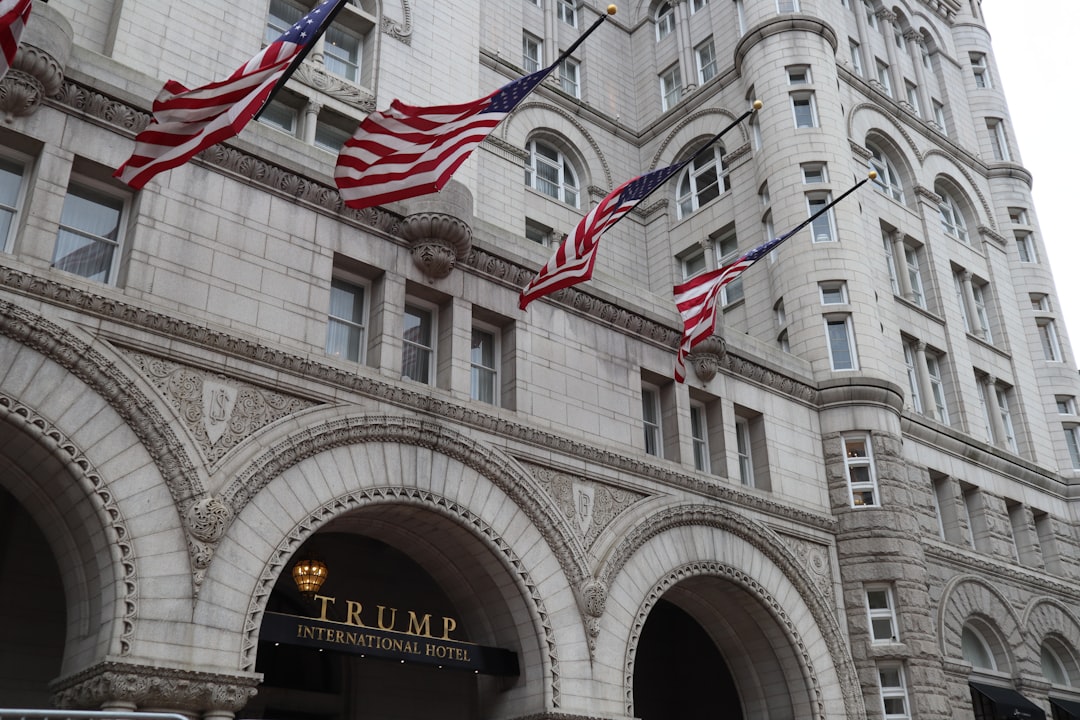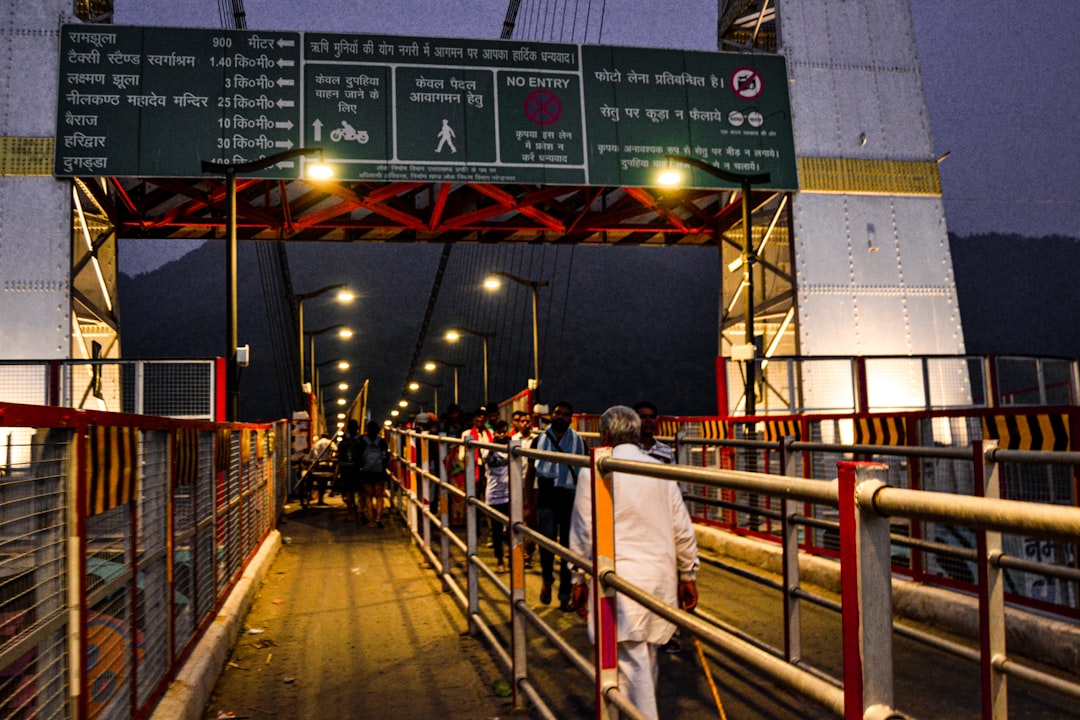Lieutenant Governor Manoj Sinha Visits — here’s what’s new, why it matters, and what to watch next.
Lieutenant Governor Manoj Sinha Visits Mata Vaishno Devi Temple in Reasi
At a Glance
On September 30, 2025, Lieutenant Governor Manoj Sinha made a significant visit to the revered Mata Vaishno Devi temple located in the Reasi district of Jammu and Kashmir. This pilgrimage underscores the spiritual importance of the temple, which attracts millions of devotees annually.
Background & Timeline
The Mata Vaishno Devi temple is one of the most sacred pilgrimage sites in India, situated at an altitude of 5,200 feet in the Trikuta Mountains. The shrine, dedicated to Goddess Vaishno Devi, has been a focal point for spiritual seekers for decades. The temple is not only a place of worship but also a symbol of the rich cultural heritage of Jammu and Kashmir.
Historical Context
The legend of Mata Vaishno Devi dates back thousands of years, with roots in Hindu mythology. It is believed that the goddess manifested herself as a young girl and took refuge in the cave where the temple now stands. Over the years, the shrine has transformed into a major pilgrimage destination, drawing millions who seek the blessings of the goddess.
Recent Developments
In recent years, the temple has undergone various improvements and expansions to accommodate the increasing number of visitors. These developments include enhanced facilities for pilgrims and better access to the temple site.
What’s New
During his visit, Lieutenant Governor Sinha emphasized the need for continued investment in the infrastructure surrounding the temple to improve the pilgrimage experience. He stated, “It is our responsibility to ensure that devotees have a smooth and fulfilling experience as they seek the blessings of Mata Vaishno Devi.”
Sinha’s visit comes at a time when the Jammu and Kashmir administration is focusing on boosting tourism in the region, which has been significantly affected by past conflicts. The government is investing in better roads, transportation, and accommodation facilities to promote the area as a major tourist destination.
Why It Matters
The temple visit by the Lieutenant Governor is significant for several reasons:
- Cultural Significance: The shrine is a crucial part of the cultural and spiritual landscape of Jammu and Kashmir. Sinha’s visit reinforces the administration’s commitment to preserving and promoting this heritage.
- Tourism Boost: With the region’s economy heavily reliant on tourism, the government’s efforts to enhance the pilgrimage experience at Mata Vaishno Devi could lead to increased visitor numbers and economic growth.
- Political Statement: Sinha’s presence at the temple may also be seen as a gesture to strengthen ties with the local populace, showcasing the administration’s engagement with cultural and religious sentiments.
- Future Developments: Updates on the construction of new facilities and improvements to existing infrastructure will be closely monitored. This includes the potential introduction of eco-friendly measures to preserve the environment around the temple.
- Visitor Response: The reaction of pilgrims and tourists to these developments will provide insights into the effectiveness of the government’s initiatives.
- Cultural Events: Upcoming cultural events and festivals at the temple that could attract more visitors and contribute to local economies.
What to Watch Next
As the government continues to invest in tourism infrastructure, observers will be keen to see:
FAQ
Q1: What is the significance of Mata Vaishno Devi temple?
A1: The Mata Vaishno Devi temple is a major Hindu pilgrimage site dedicated to Goddess Vaishno Devi. It symbolizes spiritual devotion and attracts millions of devotees yearly.
Q2: How does the government plan to enhance facilities for pilgrims?
A2: The government is investing in infrastructure improvements, including better roads, transportation services, and accommodations to facilitate a smoother pilgrimage experience.
Q3: What are the historical roots of Mata Vaishno Devi?
A3: The temple is rooted in Hindu mythology, where it is believed that the goddess manifested as a young girl and took refuge in the cave where the shrine is located.
Q4: How does tourism impact the local economy of Jammu and Kashmir?
A4: Tourism is a significant driver of the local economy, providing jobs and supporting various sectors, including hospitality, transportation, and local handicrafts.
Q5: What can visitors expect when they travel to the temple?
A5: Visitors can expect a spiritually enriching experience, along with the opportunity to enjoy the scenic beauty of the Trikuta Mountains and participate in various religious ceremonies.
Q6: Are there any recent changes to the pilgrimage experience at the temple?
A6: Yes, the government has announced various enhancements to the temple’s infrastructure, aiming to make the pilgrimage more accessible and enjoyable for devotees.
Conclusion
Lieutenant Governor Manoj Sinha’s visit to the Mata Vaishno Devi temple marks a commitment to both spiritual and economic revitalization in the region. By investing in infrastructure and supporting tourism, the Jammu and Kashmir administration aims to strengthen the cultural significance of this revered site while fostering economic growth. As developments unfold, the community and visitors alike will be watching closely to see how these initiatives shape the future of one of India’s most significant pilgrimage destinations.
Sources & Credits: Reporting synthesized from multiple reputable outlets and official releases.
Read our related coverage for more on Lieutenant Governor Manoj Sinha Visits.
For context and confirmations, see reputable wires like Reuters or AP News.
Source: Original Source. Reporting synthesized from multiple reputable outlets and official releases.
For deeper analysis on Lieutenant Governor Manoj Sinha Visits, explore more reports and explainers on Insurance Rate Expert.

